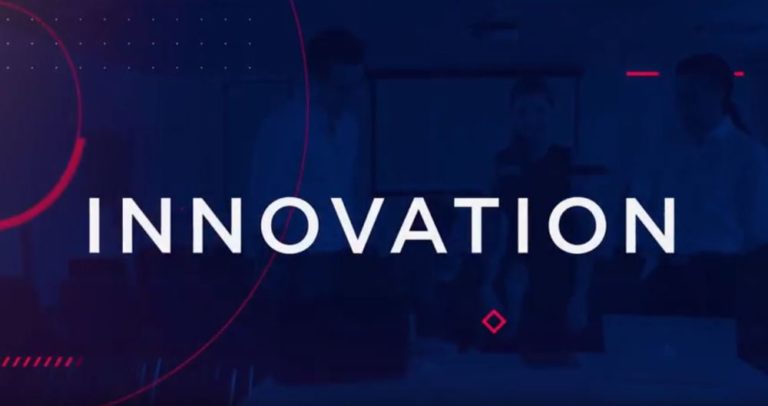[vc_row][vc_column][vc_column_text]According to Dr William Ibbotson, Medical Officer and Anaesthetist for the Royal Flying Doctors Service, Australia, the new system is set to take the organisation into the digital age, which could be the difference between NSW residents receiving the right care or not. Prior to the introduction of electronic medical records, all clinical record keeping was paper based. A new study, conducted by the QLD RFDS, suggests that digital medical records could help reduce data interpretation inaccuracies vs. manual data recording by up to 30 per cent.
“Across Australia, the RFDS cared for more than 335,000 Australians in 2017. Like many other healthcare services, until now, the majority of medical records have been hand-written, which has significant limitations,” said Dr Ibbotson.
“By digitising our medical records, we can set a gold standard for data recording, and have a wealth of medical history at our fingertips when making treatment decisions. Ultimately, this will help us provide higher quality, safer, and more integrated care that will save more lives.”
The RFDS provides aeromedical retrieval of critical care patients across New South Wales. This differs from many other pre-hospital care and retrieval services because patients are at an early, unstable stage, and often have prolonged transfer times in excess of 2 hours. This presents unique challenges in the provision of safe and effective medical care. Therefore, understanding each patient’s medical history is crucial to decide factors, such as whether air transport is appropriate in the first place, and if so which specialist doctors and nurses and what equipment are needed. The new system has been custom-designed for the NSW RFDS to meet the unique needs of the service.
“The RFDS is almost unique around the world in that we essentially bring an intensive care unit (ICU) across vast distances, directly to the patient,” Dr Ibbotson said.
“While there are other ambulance or airborne medical units in Australia and countries, such as the flying doctors in the U.S. and Canada, and metro helicopter services in the UK and Sydney, remote and rural Australia has exceptional challenges in connecting patients with specialist care providers. This means that the new system is bespoke to the NSW RFDS.”
Beyond improving clinical care, there are three other benefits expected to result from implementing an electronic medical record system. These include:
- Governance and assurance – using digital records the service expects to improve consistency in data and show the true value of the service in terms of patient outcomes. This will help Government and key health bodies, such as NSW Health, evaluate the service and allocate resources where appropriate.
- Education – data analyses will support providing specialised training for medical doctors of the future, including tailoring training for individuals and establishing new procedures. Partner organisations, such as the University of Sydney School of Rural Health, will be supported by data-driven case studies.
- Organisational improvement – modelling and analytics will help to optimise the service to improve efficiencies, such as what equipment is needed, where staff are required and when key services may be required.
John Daniels, Global Vice President of HIMSS Analytics, said that RFDS of Australia was a global centre of excellence in digital transformation.
“Electronic medical records have been shown to improve quality, safety, cost-effectiveness, and access to healthcare around the world,” Mr Daniels said.
“Australia has been a real hot spot for adopting digital health innovations, and it’s great that these advancements can help those in rural and remote areas, where access to world-class technology can be limited.”
Dr Ibbotson concluded, “The HIMSS AsiaPac 18 conference is a great opportunity to collaborate with global leaders in digital healthcare. I’m really excited to have the opportunity to learn from the likes of military healthcare and trauma leaders. In the future, I hope that we can help roll out these advancements across the whole South East Australia RFDS.”[/vc_column_text][/vc_column][/vc_row]




